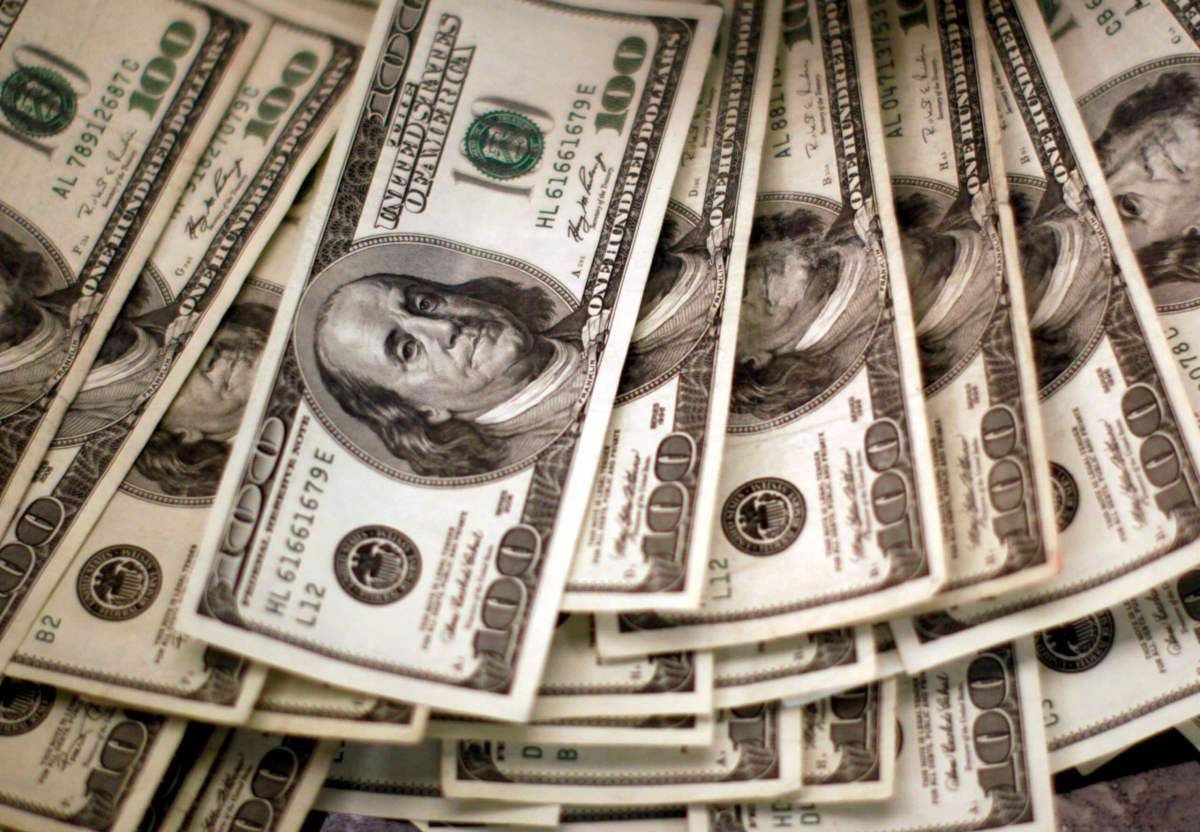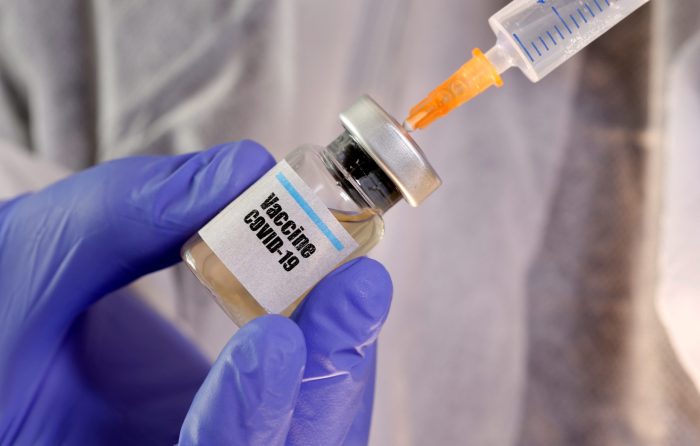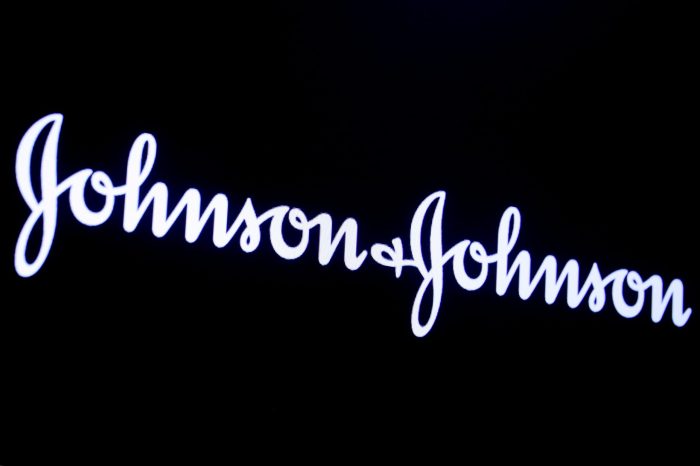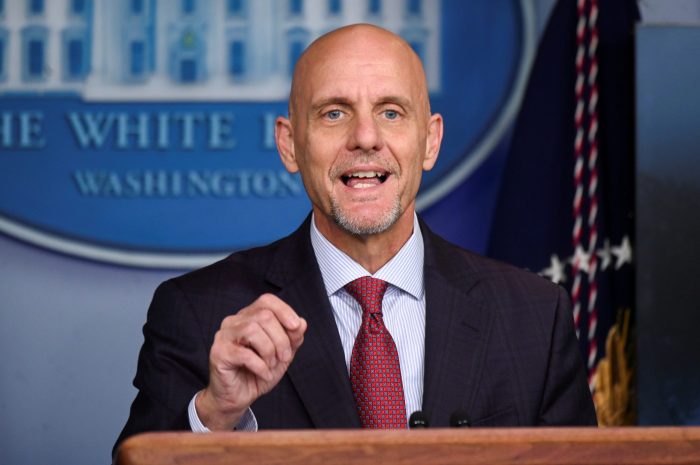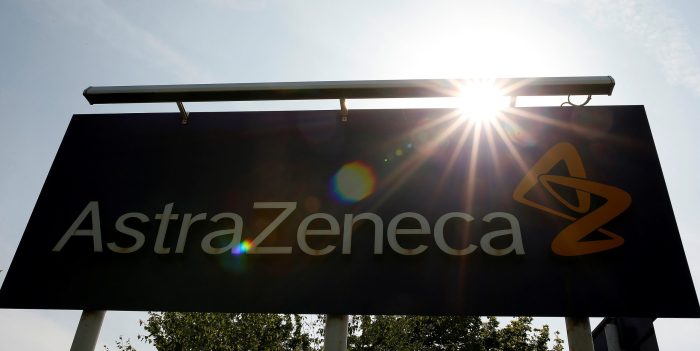By Olga Cotaga, Reuters
Trade-related currencies were buoyed on Monday by a pick up in risk appetite after Joe Biden clinched the U.S. presidency and Pfizer Inc said its experimental vaccine was more than 90% effective in preventing COVID-19.
The Scandinavian currencies and the Japanese yen were amongst the biggest movers, while the offshore Chinese yuan hit its strongest in 28-months.
A Biden presidency is expected to boost international trade relations and the prospect of a successful coronavirus vaccine is seen as a major tailwind, with global cases continuing to rise.
Simon Harvey, currency analyst at broker Monex Europe, said although markets were already trading with “an air of optimism”, Pfizer’s findings, based on initial data from a large study, had boosted risk appetite further.
“Although premature to solidify expectations of a widely available vaccine in the coming months, (the news) helped boost global growth expectations which took a substantial knock only weeks ago with second wave concerns,” Harvey said.
That was benefitting higher beta currencies such as the Norwegian and Swedish crowns, boosting oil prices and “unravelling” dollar/yen, he added.
The dollar stabilised against a basket of currencies having touched a 10-week low of 92.12 and was last up 0.2% at 92.31.
The Swedish crown rose to a 28-month high of 8.5845 versus the U.S. dollar and to a 22-month high of 10.20 against the euro.
Its Norwegian counterpart rose 1.6% against both the dollar and the euro to hit two-month highs against each of 9.0025 and 10.7030 respectively..
The Australian dollar was up 2.4% at 76.85 against the Japanese yen, a seven-week high. The yen also fell 1.6% against the U.S. dollar to 105.
The offshore Chinese yuan was not far behind, hitting a peak of 6.5501 against the dollar and last up 0.3% at 6.5729.
The Canadian dollar and the Australian dollar both rose 0.8% versus the U.S. dollar with the latter hitting a seven-week high and the former a nine-month high.
“The removal of global uncertainty, a shift to dollar funding, and virus divergence against the U.S. all favour a weaker dollar into the end of the year,” said George Saravelos, Deutsche Bank’s currency analyst.
Saravelos expects the broad trade-weighted dollar to potentially drop by another 3% to 5% into the end of the year with euro/dollar convincingly breaking 1.20 and dollar/yen reaching 100.
U.S. dollar selling was being held in check, however, by the virus worries and because incumbent President Donald Trump has made no sign of conceding while fighting legal battles to overturn the result.
The prospect of more gridlock in Washington, with Republicans appearing likely to have retained control of the Senate — although the final makeup may not be clear until runoff votes in Georgia in January — means that expectations for a massive U.S. fiscal stimulus package have been lowered, sending bond yields down in anticipation of less borrowing and more quantitative easing from the Federal Reserve.
Euro/dollar – the most traded currency pair in the world – was up 0.1% on the day at $1.1892.
German exports rose by more than expected in September, and foreign trade gave Europe’s largest economy a boost going into the fourth quarter as it struggles to avoid slipping into a double dip contraction.



